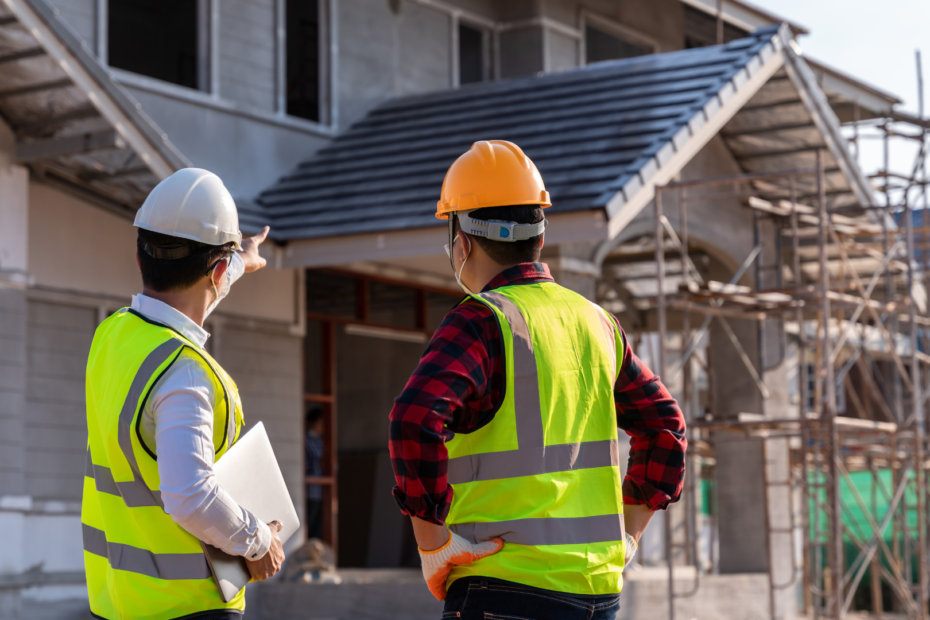Building your dream home is an exciting journey, filled with visions of cozy living rooms, spacious kitchens, and that perfect backyard oasis. However, before you can start picking out paint colors and countertops, you need to roll up your sleeves and dive into the world of budgeting for your home construction.
The Foundation: Setting Your Budget
Before you start drawing up blueprints or interviewing home builders Salt Lake City, you need to establish a solid budget. Your budget is the roadmap that will guide your entire construction project. Here’s how to get started:
Know Your Limits: The first step in setting a budget is to determine how much you can realistically afford to spend on your new home. Take a close look at your finances, including your savings, income, and any existing debts. Be honest with yourself about what you can comfortably allocate to your construction project without compromising your financial stability.
Get Multiple Quotes: Once you have a ballpark figure in mind, it’s time to get quotes from contractors. Reach out to several reputable builders and request detailed estimates for your project. This will help you get a more accurate picture of the costs involved.
Factor in Contingencies: Construction projects often come with unexpected surprises or changes. It’s wise to include a contingency fund in your budget, typically around 10% of the total cost, to account for unforeseen expenses.
Prioritize Your Needs and Wants: Not every feature or upgrade is a necessity. Make a list of your must-haves and nice-to-haves. This will help you make informed decisions if you need to trim your budget.
The Breakdown: Understanding Construction Costs
Now that you have a budget in mind, let’s break down the typical costs involved in home construction:
- Land Purchase: If you haven’t already purchased a lot for your new home, this will be one of your initial expenses. The cost of land can vary greatly depending on location and size.
- Design and Plans: You’ll need to hire an architect or designer to create detailed plans for your home. This includes blueprints, engineering drawings, and any necessary permits. Design fees typically range from 5% to 15% of your total construction costs.
- Construction Materials: The materials used in your home’s construction, such as lumber, concrete, roofing materials, and insulation, make up a significant portion of your budget. These costs can fluctuate due to market conditions and the quality of materials you choose.
- Labor Costs: Your contractor and the skilled laborers they employ will require payment for their services. Labor costs can vary depending on the complexity of the project and local labor rates.
- Site Preparation: This includes clearing and grading the land, as well as any excavation or foundation work. Site preparation costs can vary widely depending on the condition of your lot.
- Utilities and Systems: You’ll need to budget for plumbing, electrical, HVAC (heating, ventilation, and air conditioning), and other essential systems that make your home functional.
- Interior Finishes: Flooring, cabinetry, countertops, fixtures, and appliances all contribute to the overall cost of your home. These finishing touches are where you can really personalize your space.
- Permit and Inspection Fees: Don’t forget about the various permits and inspections required by your local government. These fees can add up, so be sure to include them in your budget.
- Landscaping and Exterior Features: The exterior of your home, including landscaping, driveways, and outdoor living spaces, also requires budgeting. These elements add curb appeal and functionality to your property.
- Miscellaneous Costs: There are always smaller expenses that pop up during construction, from temporary fencing to portable toilets. Be prepared for these unexpected outlays.
Financing Your Dream Home
Now that you have a grasp of the costs, let’s explore your financing options:
Cash: If you have substantial savings or have sold an existing property, paying for your new home with cash is the simplest option. It eliminates the need for a mortgage and interest payments.
Construction Loan: A construction loan is a short-term loan designed to cover the costs of building your home. Once construction is complete, you can either pay off the loan or refinance it into a traditional mortgage.
Mortgage Loan: If you don’t have the funds to pay for construction upfront, you can secure a mortgage loan to cover the costs. You’ll need to provide detailed construction plans and a budget to your lender.
Home Equity Loan or Line of Credit: If you already own a home with substantial equity, you can tap into that equity with a home equity loan or line of credit to finance your new construction project.
Builder Financing: Some builders offer financing options or partnerships with lenders, making it more convenient to secure the necessary funds for your project.
Government Programs: Depending on your location and circumstances, you may be eligible for government programs or incentives that can help with financing, such as grants or subsidies for energy-efficient upgrades.
Planning for the Future
Budgeting for your home construction is just the beginning. As you embark on your journey to build your dream home, remember to stay flexible and adapt to any unexpected changes. Communication with your contractor and careful financial planning will be your greatest assets throughout the process.
